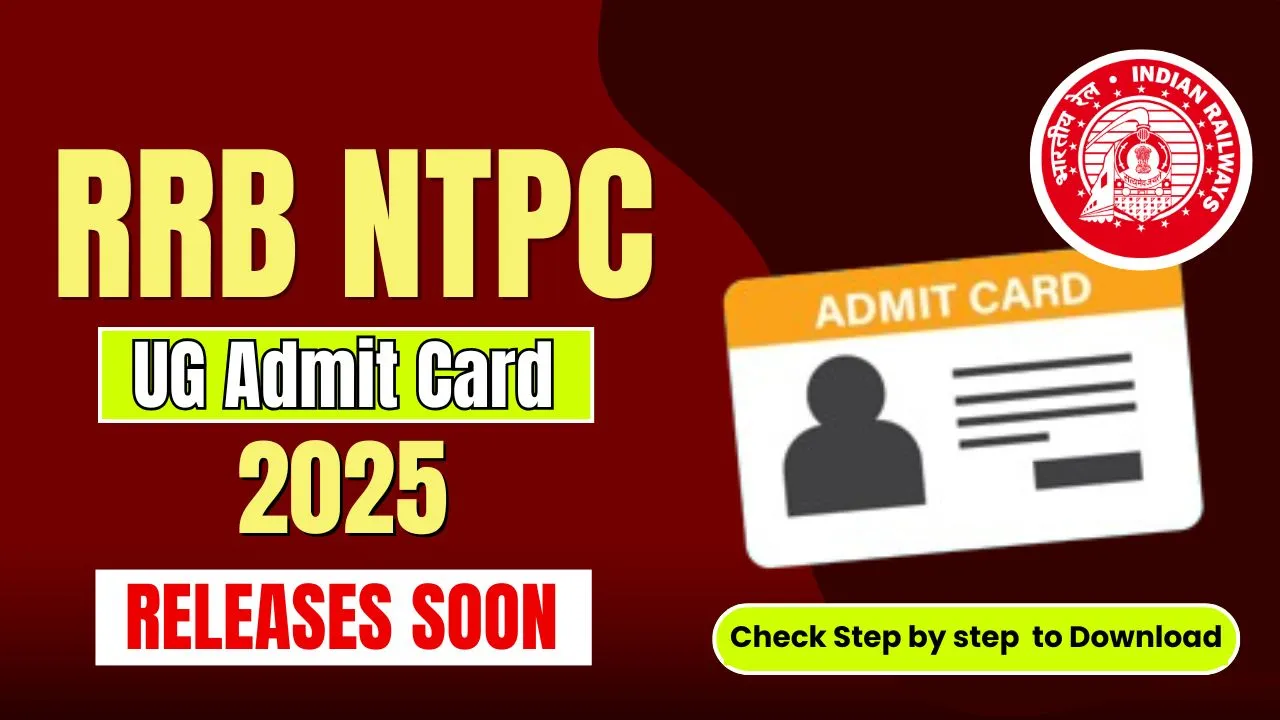Social Security checks are a lifeline for millions of retirees, disabled individuals, and survivors. In May 2025, the average check surpassed $2,000 for the first time, illustrating the program’s importance. But recent policy shifts—including staff reductions, tighter identity checks, and aggressive benefit clawbacks—are putting that lifeline at risk. With deductions now legally set as high as 50%, many recipients are seeing their monthly income shrink unexpectedly. Understanding these changes and how to respond is vital to safeguarding your financial stability.
The evolution of Social Security Checks isn’t just administrative—it’s personal. These monthly payments often cover rent, utilities, prescriptions, and food. Data shows that roughly 80–90% of retirees rely primarily on this income. As policy evolves, knowing how changes like garnishments, eligibility rules, and overpayment notices impact your check can help you stay in control.
Social Security Checks
For many Americans, Social Security checks are more than just a monthly deposit—they represent years of hard work and a promise of financial stability in retirement. But recent administrative changes and policy shifts have shaken that foundation. As garnishments increase and overpayment recovery accelerates, recipients must become more vigilant than ever. The uncertainty surrounding future payments has left retirees feeling anxious, especially those with no backup income. It’s now crucial to not only track benefit statements regularly but also to stay informed about SSA policy updates. Knowing your rights and being prepared to act can make all the difference in preserving your benefits and maintaining peace of mind
Social Security Checks: Key Facts and Timeline
| Element | Details |
| Average Monthly Payment (May 2025) | Over $2,000 |
| Identity & Verification Changes | Stricter rules could delay disbursements |
| SSA Staffing Reductions | 7,000 positions cut; local offices closing |
| Student Loan Garnishments | 15% withholding for federal loan defaults |
| Overpayment Clawbacks | Up to 50% deduction from checks |
| Common Overpayment Triggers | SSA errors or changes in income not reported |
| Appeal Options | Waiver, reconsideration, repayment plans |
What’s Driving the Cutbacks?
A mix of staffing, procedural, and legal changes are tightening access to full Social Security checks:
- Workforce and Office Closures
Higher verification demands and fewer staff can delay payments for routine interactions or appeals. - Student Loan Defaults
Around 450,000 retirees with unpaid federal student loans are now seeing up to 15% withheld from their checks—a recovery move resumed post-pandemic. - Aggressive Benefit Clawbacks
Unreported income or SSA miscalculations can trigger notices. Deductions, once capped at 10%, may now reach up to 50%, silently draining monthly funds.
Why Overpayments Happen — and What You Can Do
Social Security Checks are recalculated periodically based on earned income, marriage changes, survivor status, and more. But when someone fails to notify the SSA or its system flags a potential overpayment, a letter arrives demanding repayment. Often, recipients discover this debt years later, with little chance to prepare.
You do have rights, though:
- Form SSA-632BK (Waiver): Use this when repayment wasn’t your error and would cause hardship.
- Form SSA-561 (Reconsideration): Question the accuracy of the repayment amount.
- Form SSA-634 (Payment Plan): Propose a lower monthly deduction if 50% is unaffordable.
Acting fast after receiving a notice is essential to preserving your full Social Security checks.
Student Loan Garnishments: A Growing Threat
Over 450,000 retirees are now affected by student loan garnishment policies. Even if payments stopped during the pandemic, this summer marks a return to automatic deductions. Up to 15% of your Social Security check can be withheld if you defaulted on federal student loans—meaning evenings out and emergency funds might shrink by hundreds each month.
If you’re in default, consider loan rehabilitation, consolidation, or contacting your loan servicer. Reopening repayment plans could help reclaim funds taken from your Social Security.
What You Should Do Today
- Check Your Mail & Online Account
A monthly review can catch garnishment or overpayment notices fast. - Keep Detailed Income Records
Pay stubs, bank statements, or other documentation help when filing waivers or appeals. - File the Right Forms Early
Waiver, reconsideration, or repayment plan requests must be submitted quickly. - Consult Advocacy Groups
Legal aid clinics, senior services, or SSA advocates can help navigate forms and deadlines. - Stay Informed About Future Policy Changes
Follow SSA announcements—any update could affect your next check.
Why This Matters to You
A sudden 50% cut in your Social Security Checks isn’t just inconvenient—it can derail your ability to pay rent, buy medicine, or keep the lights on. Many recipients live on tight budgets, and a steep reduction can cause serious financial distress. By knowing your rights and options, and by acting swiftly, you can prevent surprise deductions and maintain financial stability.
Final Thought
The integrity of your Social Security Checks depends on vigilant attention, prompt action, and thorough understanding of your rights. Stay alert, act quickly if you receive a notice, and use appeal tools to protect your benefits.
Call to Action:
Every Social Security recipient should review their mailing address and SSA account monthly. If you receive an overpayment or garnishment notice, do not ignore it—file the correct forms promptly. Consult a local benefits advocate for help. Protect your income—act now!
FAQs
1. Can SSA really take up to half of my check?
Yes. Clawbacks on overpayments can reach 50% of your Social Security check under current rules.
2. I never received an overpayment — how would I know?
SSA must notify you in writing, but often notifications arrive late. Regularly checking your mail and account helps you catch notices.
3. What’s the fastest way to contest garnishments?
File Form SSA‑561 (reconsideration) or SSA‑632BK (waiver) immediately with income and hardship proof.
4. Can student loan garnishments be reversed?
Possibly. You may restore payments, rehabilitate loans, or adjust repaying schedules to stop deductions.
5. Where can I find help with appeals?
Senior legal clinics, community agencies, and some SSA local offices can provide free or low-cost assistance.












